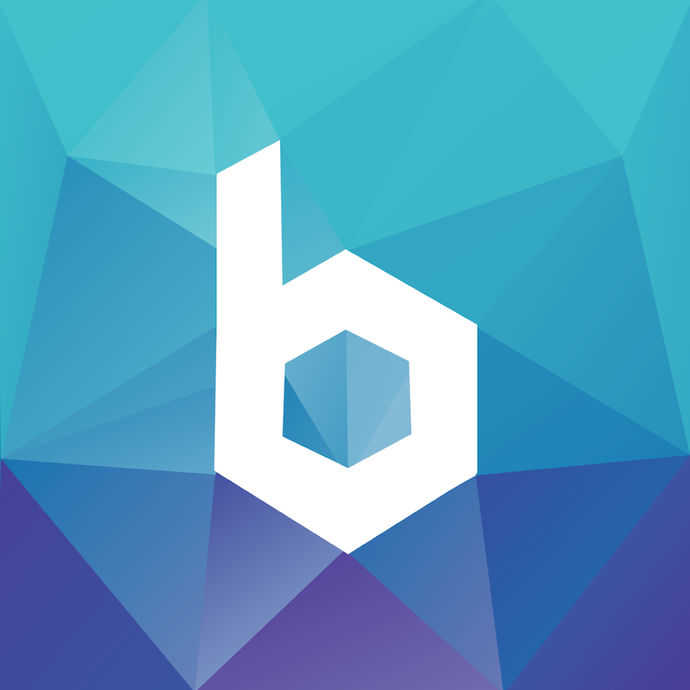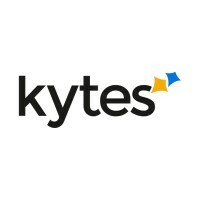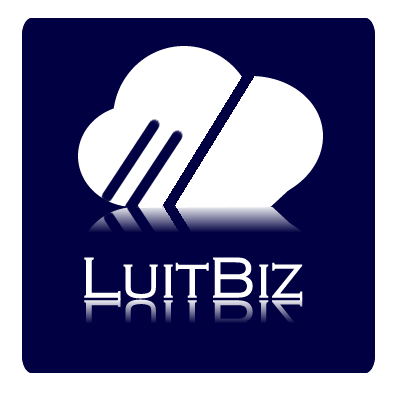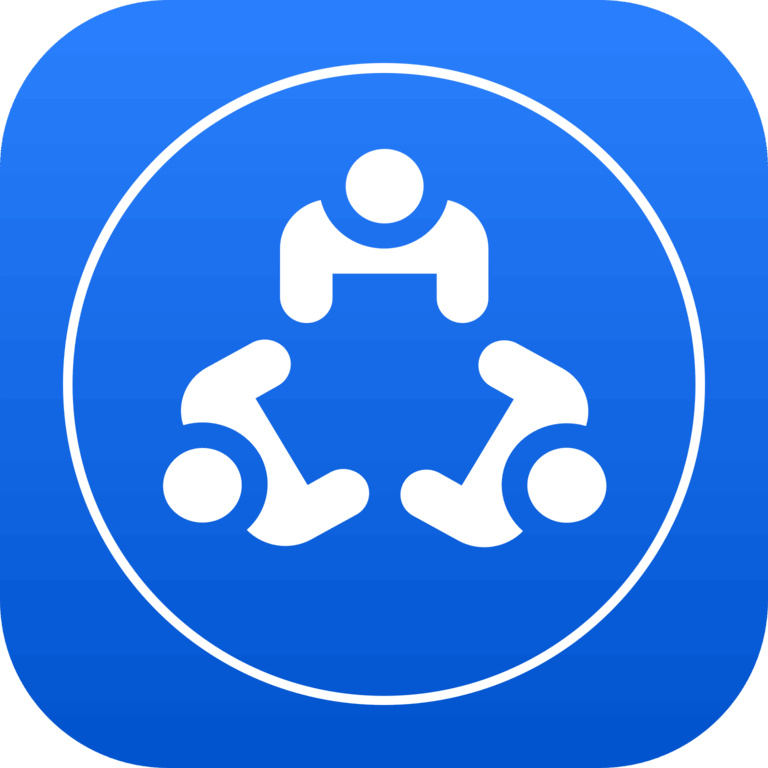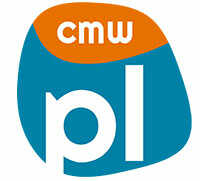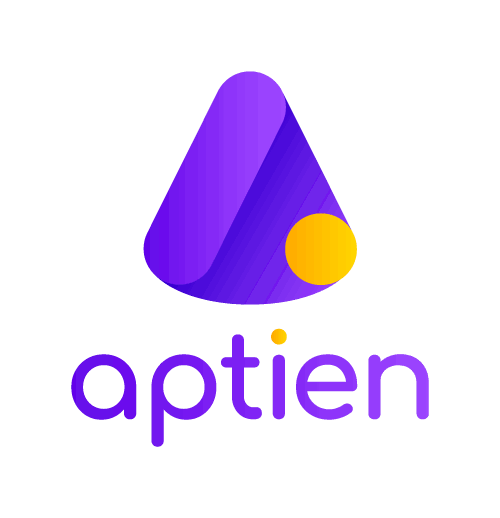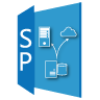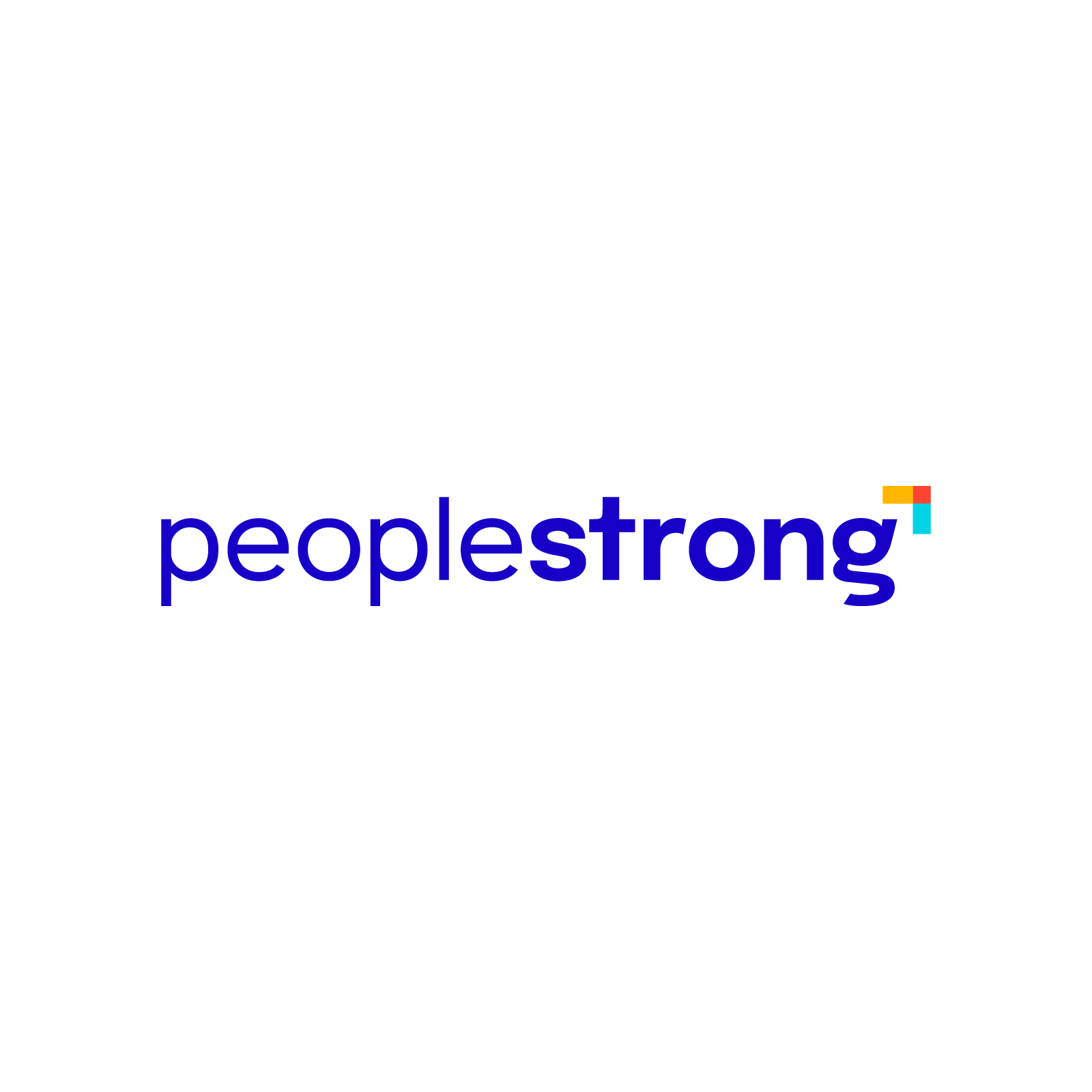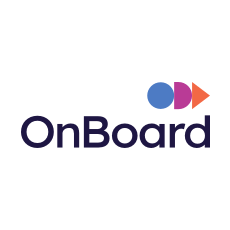Yes, most collaboration software can be used on various devices and platforms. This encompasses PCs, laptops, tablets, and smartphones, as well as operating systems including Windows, Mac, and mobile devices. This allows team members to keep in touch and participate on projects regardless of their location or preferred device. It also allows for seamless communication and document sharing, boosting effective teamwork and productivity.
List of 20 Best Collaboration Software
EA Empower by sa.global is a suite of solutions that seamlessly integrates into any work environment. Our customizable apps are tailored to the unique preferences and requirements of your users, streamlining their tasks and increasing efficiency. Wit...Read More empower by sa.global
BaseStone is an advanced collaboration software specifically designed for the Construction & Engineering sectors. Its cutting-edge mobile and web-based features simplify project delivery and facilitate the collection of handover deliverables. By impr...Read More BaseStone
Kytes PSA is a project management solution perfect for Professional Services, Pharma, and other industries. It simplifies business operations by efficiently managing project tasks such as proposals, NPD, scheduling, resource allocation, cost tracking...Read More Kytes
Damovo UCC is a digital transformation solution for your business. With our cutting-edge technology and extensive expertise, we empower seamless collaboration and communication, empowering your enterprise to succeed in the fast-paced digital world. W...Read More Damovo UCC
LuitBuzz is a corporate communication solution for businesses! With LuitBuzz, you can easily connect with your employees through one-to-one, group, and company-wide messaging, accessible on any internet-connected device. Streamline your internal comm...Read More LuitBuzz
VirtualSpace solution for remote team collaboration. Our platform offers a seamless communication channel and powerful project management tools to facilitate efficient teamwork across the globe. Streamline your project management process and enhance...Read More VirtualSpace
CMW Platform, the top choice for seamless business workflow management. Eliminate the need for intricate coding procedures and welcome a user-friendly platform for process modeling, automation, and modification. Say farewell to IT dependency and boos...Read More CMW Platform
BoxesOSis a business software suite developed by Epazz, Inc. Utilizing cloud technology, this platform optimizes processes and encourages teamwork in various sectors including government, healthcare, and education. Manage office spaces, track applica...Read More BoxesOS
Aptien solution for efficiently managing your office, employees, equipment, and assets. Ideal for small and medium-sized businesses, Aptien provides a wide array of features such as reminders, task management, meeting minutes, intranet, employee onbo...Read More Aptien
Zeplin is design delivery platform that streamlines the collaboration between designers and developers. Acting as a central hub for design documentation, it seamlessly integrates with popular tools to simplify project management and accelerate develo...Read More Zeplin
the Vyapin External Data Connector for SharePoint is a tool for effortlessly importing data from external sources such as Oracle, SQL databases, MS Access, Excel, CSV, and Exchange Servers directly to your SharePoint lists and document libraries. Eff...Read More Vyapin External Data Connector for SharePoint
DeepNotes is a note-taking software designed to provide unparalleled security through its end-to-end encryption. Its endless canvas and user-friendly navigation make it the ideal platform for organizing and jotting down your thoughts and ideas. Addit...Read More DeepNotes
FigJam is a tool for teams to collaborate effectively. Simplify your product development process and facilitate decision-making with features such as idea mapping, decision alignment, and seamless project planning. With an array of integrations, widg...Read More FigJam
PeopleStrong Mobile is a solution for seamless people management. This multifunctional superapp streamlines your HR processes and elevates employee experience. Take your talent management strategy to the next level with our customized enterprise solu...Read More PeopleStrong Mobile Experience
Atlas by ClearPeople is a people-centric digital workspace for Microsoft 365. Boost productivity and teamwork with a unified platform that seamlessly integrates knowledge management, collaboration, and communication. Empower your modern workplace wit...Read More Atlas by ClearPeople
OnBoard, the premier board management software utilized by over 6000 companies worldwide. Equipped with a wide array of features, including agenda development, teamwork tools, secure messaging, voting and approvals, D&O surveys, and meeting insights,...Read More OnBoard Board Management Software
Amploo solution for SMEs. Streamline your business operations and boost productivity with our all-in-one platform. From managing tasks and tracking projects to handling HR tasks, Amploo simplifies it all. Say goodbye to cumbersome processes and hello...Read More Amploo
Airtable is a CRM software designed to efficiently manage operations for businesses in the entertainment, restaurant, and hotel industries. Its feature-rich platform eliminates redundancy and allows for seamless integration with popular social media...Read More Airtable
HealthLink Pharmacy E-Commerce, the premier e-commerce software for both retail and wholesale pharmacies. Transform your sales and streamline day-to-day operations with our highly acclaimed solution. Our platform equips pharmacy businesses with the t...Read More HealthLink Pharmacy E-Commerce
Unfuddle is a project management software designed to enhance the efficiency and collaboration within your team. It offers seamless integration of essential tools like bug and issue tracking, Git or Subversion source code management, and reference ma...Read More Unfuddle
Learn More About Collaboration Software
- What Is Collaboration Software?
- What Are The Recent Trends In Collaboration Software?
- Benefits Of Using Collaboration Software
- Important Factors To Consider While Purchasing Collaboration Software?
- What Are The Key Features To Look For In Collaboration Software?
- Why Do Businesses Need Collaboration Software?
- How Much Time Is Required To Implement Collaboration Software?
- What Is The Level Of Customization Available In Collaboration Software?
- Which Industries Can Benefit The Most From Collaboration Software?
- Conclusion
What Is Collaboration Software?
Collaboration software is a digital application that promotes effective teamwork and communication within a group or organization. It enables people to collaborate regardless of their physical location, streamlining the flow of ideas, documents, and information. This form of software has grown in popularity in today's highly networked business landscape, where remote work and global teams are increasingly common.
Collaboration software allows many people to work on a project concurrently, communicate updates in real time, and cooperate seamlessly. It eliminates the need for lengthy email threads, fragmented communication, and several copies of the same document. Collaboration software allows team members to collaborate in a centralized virtual area, each offering their own unique perspectives and abilities to reach a common goal.
Collaboration software provides a variety of capabilities designed to improve team productivity and efficiency, including document sharing and editing, task management, and video conferencing. It is accessible from any device with an internet connection, making it suitable for teams working remotely or in multiple locations. Collaboration software is not limited to a certain sector or organization size.
It benefits businesses of all sizes, including startups, small businesses, and major corporations. Its usefulness extends to a variety of industries, including marketing, customer service, human resources, project management, and more. When selecting the best collaboration software for your team, you must evaluate elements such as simplicity of use, compatibility with your current tools, security features, and pricing. Collaboration software, with its capacity to improve communication and coordination, is a worthwhile investment that can help drive success in today's fast-paced business climate.
What Are The Recent Trends In Collaboration Software?
Collaboration software has become an indispensable tool for businesses of all kinds, enabling teams to collaborate easily and effectively regardless of location. Collaboration software evolves alongside technology, with new features and trends emerging to address evolving corporate needs.
we'll look at the latest developments in collaboration software to help you make an informed decision when selecting a tool for your team.
1. Cloud-Based Collaboration: One of the most important trends in collaboration software is the shift to cloud-based solutions. With the rise of remote work and the demand for a flexible and accessible platform, cloud-based collaboration software enables teams to collaborate at any time and from any location. This removes physical barriers and enables seamless communication and collaboration regardless of location.
2. Integration With Other Tools: Another trend in collaboration software is the combination of several tools and platforms. With the growing number of applications used in the office, collaboration software must interact with popular tools like project management, time tracking, and communication platforms. This integration improves workflows and efficiency by minimizing the need to frequently switch between multiple programs.
3. Mobile Accessibility: Mobile devices have become a vital part of our daily lives, and collaboration software is no exception. Many firms are implementing collaboration software that includes a mobile app so that team members may access the platform while on the go. This trend ensures that team members may communicate and cooperate even when they are not in front of computers.
4. Real-Time Communication: In today's fast-paced corporate environment, real-time communication is critical to successful collaboration. This has resulted in the growth of collaboration software that includes live chat, video conference, and screen sharing capabilities. These capabilities allow teams to connect easily, share ideas, and receive real-time feedback, even when working remotely.
5. Artificial Intelligence: Integration Artificial intelligence (AI) is making an impact on the area of collaborative software. AI integration allows collaboration software to automate regular processes, generate data-driven recommendations, and increase overall productivity. AI-powered virtual assistants, for example, may plan meetings, create reminders, and even recommend relevant files or resources for a certain project.
Benefits Of Using Collaboration Software
Collaboration software has become an indispensable tool for modern enterprises, particularly with the advent of remote work and distributed teams. This software, which includes project management, communication, and file sharing capabilities, has transformed the way teams communicate and operate.
we'll go over the main benefits of adopting collaboration software and how it may boost productivity and efficiency in your firm.
1. Improved Communication: Effective communication is the foundation of successful cooperation, and here is where collaboration software excels. Instant messaging, video conferencing, and real-time document sharing allow team members to connect and collaborate on projects regardless of their physical location. This aids in breaking down communication barriers and fostering the free flow of ideas and information.
2. Improved Project Administration: One of the primary advantages of collaboration software is its potential to simplify project administration. Teams can manage their projects more efficiently by using tools such as task assignments, deadlines, and progress tracking, which ensure accountability and timely delivery. This not only helps to accomplish project objectives, but it also enhances team coordination and lowers the risk of errors and delays.
3. Increased Productivity: Collaboration software allows teams to work on projects concurrently, saving time and effort. With everyone seeing the same project files and documents, teams may collaborate in real time to make adjustments and updates, eliminating the need for back-and-forth emails and delays. This increases productivity and enables teams to focus on more important activities.
4. Secure File Sharing: Sharing files and documents is an important component of teamwork, but it can also pose a security risk. Collaboration software has strong security features such as user permissions, encryption, and data backup to ensure that confidential information remains secure. This offers teams the confidence to communicate files without fear of data intrusion or loss.
5. Improved Team Collaboration: Collaboration software connects teams regardless of their location or time zone. It fosters a collaborative work environment in which team members may exchange ideas, collaborate, and work toward a common objective. This improves team dynamics, problem-solving skills, and fosters a sense of camaraderie among members.
Important Factors To Consider While Purchasing Collaboration Software?
When it comes to choosing collaboration software, there are numerous key elements to consider to ensure that you get the best option for your company. Taking the time to thoroughly consider these issues can result in a successful and efficient deployment of your software.
1. Company Needs: Before you start looking for the best collaboration software, you should first establish your company's specific requirements and goals. This will allow you to limit down your selections and select software that is compatible with your business goals.
2. User-Friendly Interface: Because collaboration software is designed to improve communication and expedite process, selecting a platform with an easy-to-use interface is critical. This will make it easier for your team to implement and use the program, resulting in increased productivity and efficiency.
3. Integration Capabilities: Your collaboration software should be compatible with other tools and applications that your team already utilizes. This ensures seamless communication and data exchange across several platforms, making the transition easier for your staff.
4. Mobile Compatibility: In today's fast-paced work world, collaboration software must be mobile compatible. This allows your staff to stay connected and collaborate even while they are on the run.
5. Security Features: Because sensitive information is shared on collaboration platforms, it is critical to select software that has strong security measures. Look for data encryption, secure login choices, and other security measures to safeguard your company's data.
6. Scalability: As your firm expands, your cooperation requirements may vary. As a result, it is critical to select software that is scalable and can support your company's expansion. 7. Customizability: Collaboration software should be adaptable to your company's specific operations and requirements. This will increase its effectiveness and make it easier for your team to use.
8. Customer Help: In the event of any technical issues or questions, it is critical to have access to dependable customer help from the software vendor. Look for 24-hour customer assistance to guarantee that your team's communication is not hampered by technical issues.
9. Price: Collaboration software is expensive, so consider your budget before making a purchase. Look for software that provides the most value for your money and has flexible price options to accommodate your company's budget.
10. User Input: Before making a final selection, it is usually a good idea to read reviews and get input from other firms or teams who have utilized collaboration software. This will give you insights regarding the software's real-world performance, allowing you to make a better informed decision. When choosing collaboration software for your organization, consider these considerations to make an informed decision. Remember to assess your company's requirements, prioritize user-friendliness and security, and solicit feedback from other users before selecting the finest software for your team's needs.
What Are The Key Features To Look For In Collaboration Software?
When shopping for collaboration software, consider your team's individual needs and goals. However, certain crucial characteristics are required in any collaboration software to ensure effective communication and teamwork. Here are some important qualities to look for in collaboration software:
1. Real-Time Communication: Good collaboration software should have capabilities for real-time communication, such as instant messaging, conference calls, and video conferencing. This allows team members to interact and communicate with one another in a timely manner, resulting in improved coordination.
2. File Sharing And Document Collaboration: The ability to quickly share files and collaborate on documents is critical for effective teamwork. Look for collaborative software that offers a centralized platform for file storage and editing, as well as version control to monitor changes and updates.
3. Task Management: The primary goal of collaboration software is to streamline and organize work processes. Look for software that has task management tools including assigning work, creating deadlines, and tracking progress. This will help your team stay on target and maintain responsibility.
4. Integration With Other Tools: Collaboration software should be compatible with the tools and programs that your team already utilizes. This can contain project management software, calendars, email, and other resources. This allows for a more consistent approach and reduces the need to continuously switch between platforms.
5. User-Friendly Interface: A user-friendly interface is critical for any software, but it is especially crucial for collaboration software because it will be used by team members with diverse degrees of technical ability. Look for software that has a simple, user-friendly interface.
6. Mobile Utilize: In today's interconnected world, the ability to utilize collaboration software from anywhere and at any time is critical. Look for software that includes a mobile app or is available via a web browser, allowing team members to stay connected and work remotely as needed.
7. Security Features: Because collaboration software handles sensitive data and communications, it's critical to select one that has security features like data encryption, user permissions, and multi-factor authentication. This ensures that your team's work and data are safeguarded. Consider these crucial qualities when selecting collaboration software for your organization. Consider your team's individual needs and preferences when selecting software that can assist improve communication, streamline work processes, and increase overall productivity.
Why Do Businesses Need Collaboration Software?
Collaboration is critical in today's fast-paced work world. When teams and personnel are scattered across multiple locations, it can be difficult to ensure efficient communication and seamless workflow. This is where collaborative software comes into play. Collaboration software enables teams to work on projects, documents, and tasks in real time, independent of their physical location.
It offers a consolidated platform for communication, file sharing, and task management, making it easier for employees to work together successfully and meet business goals. One of the primary reasons firms want collaboration software is to enhance communication and teamwork. cooperation software allows for real-time communication through features such as instant messaging, video conferencing, and shared workspaces, fostering improved team cooperation and brainstorming.
Another advantage of collaboration software is better productivity. Employees may work more productively and quickly with optimized processes and automated workflows. This also improves project management because everyone has access to the same information and can monitor progress in real time. Collaboration software can also assist break down organizational silos.
It enables individuals from many departments and teams to collaborate, generating a sense of unity and encouraging a collaborative culture. This, in turn, leads to new ideas and solutions, which boosts overall corporate performance. Furthermore, collaboration software enhances project tracking and responsibility. Managers may simply monitor and measure their team members' performance using tools like as job assignments and progress monitoring, ensuring that projects are completed on time.
Finally, collaboration software provides data protection and control. Businesses can reduce the risk of data breaches by implementing features such as user permissions and access controls that guarantee sensitive information is only available to authorized individuals.
How Much Time Is Required To Implement Collaboration Software?
The time it takes to implement collaborative software varies based on various factors, including the size of the business, the complexity of the software, and the level of customization needed. On average, it can take a few weeks to a few months to completely install collaborative software across a business. The software's initial setup and configuration might take anywhere from a few days to a week, depending on the organization's IT infrastructure preparedness.
This covers duties such as creating user accounts, assigning rights, and connecting the program with existing systems. The training and onboarding process can take several weeks because it involves teaching employees how to use the software successfully and integrating it into their everyday routines. This is an important stage in ensuring a smooth transition and adoption of the product.
If the collaboration software involves integration with other tools or systems, the implementation time may increase. This involves data migration, API integration, and testing. The level of customization also influences the time needed to integrate collaboration software. Organizations with unique demands and workflows may require more time and resources to tailor the program to their specific needs.
Additionally, the capacity to obtain buy-in from all stakeholders, as well as a smooth change management process, can have an impact on the implementation timeline. To guarantee successful implementation, all relevant parties must be involved and communicate properly throughout the process.
What Is The Level Of Customization Available In Collaboration Software?
Collaboration software can help businesses and organizations increase communication, productivity, and efficiency. One common question when contemplating collaboration software is the level of customization provided.
we'll look at the numerous customization possibilities in collaboration software and help you decide which level is best for your needs.
1. Branding And User Interface Customization: Many collaboration software systems allow you to adjust branding and user interface features. This allows you to incorporate your company's logo, color scheme, and other branding components into the software, resulting in a more consistent and professional appearance. Additionally, you may be able to alter the structure and organization of the user interface to suit your individual workflow and preferences.
2. Feature Customization: Collaboration software often has a wealth of functions, but not all organizations will require or use them all. As a result, several collaboration systems allow for feature customization, allowing you to control which features are visible and accessible to your team. This can assist to streamline the software and remove extraneous clutter, making it more user-friendly and customized to your individual requirements.
3. Integrations And APIs: The software's capacity to integrate with other tools and systems should also be considered while customizing it. Many collaboration software systems have interfaces with popular programs like project management, document sharing, and communication tools. Furthermore, some platforms include APIs (Application Programming Interfaces), which allow you to create your own bespoke integrations based on your specific needs.
4. Permissions And User Roles: Collaboration software provides several choices for managing access and permissions. This lets you control who may see, change, and share content in the software. You can define user roles with specified permissions to ensure that only authorized users have access to sensitive data. This amount of customization can improve the platform's security and secrecy.
5. White-Labeling: Some collaborative software platforms allow for additional levels of customization. This tool allows you to totally rebrand the software with your own logo, company name, and user interface. This is especially handy for firms wishing to offer a branded collaboration platform to their clients or external partners.
Which Industries Can Benefit The Most From Collaboration Software?
Collaboration software has become an indispensable resource for businesses of all sizes and industries. Its ability to enable collaboration, increase productivity, and streamline workflows has made it an essential tool in the modern office. However, some businesses may gain more from collaborative software than others.
we'll look at which industries can gain the most from collaborative software.
1. Technology: In order to be competitive, technology companies rely greatly on teamwork. Collaboration software lets teams working on difficult projects communicate, share files, and track tasks. It also enables remote teams to stay connected, making it easier to collaborate on projects that span multiple time zones.
2. Healthcare: In order to deliver the greatest possible patient care, medical personnel must communicate and collaborate effectively. Collaboration software allows healthcare professionals to securely share patient information, collaborate on treatment ideas, and schedule appointments while adhering to rigorous privacy guidelines.
3. Education: Collaboration software has transformed the educational system by enabling teachers and students to communicate and collaborate in real time. It also makes it easier for teachers to distribute lesson plans, assignments, and course materials to their students. With the development of online learning, collaboration software has become critical to facilitating virtual classes.
4. Marketing And Advertising: In the fast-paced world of marketing and advertising, teams require collaboration tools to successfully communicate and manage projects. Collaboration software can boost productivity and streamline workflows in this business by helping with generating ideas and tracking campaign progress.
5. Finance: Collaboration software is critical in the finance business, where teams must collaborate on complicated financial analyses and strategies. Collaboration software helps finance teams keep organized and on top of their duties by providing capabilities like as secure file sharing, real-time communication, and project management.
6. Manufacturing: Collaborative software enables teams operating on production lines to interact and manage inventory in real time. It also improves communication across departments, making it easier to identify and resolve problems that may develop during the manufacturing process.
7. Non-Profit: Non-profit organizations frequently rely on volunteers and remote teams to accomplish their objectives. Collaboration software can assist these firms in streamlining communication, tracking work, and successfully managing projects, even if team members are not physically present.
Conclusion
Finally, selecting the correct collaboration software for your business can significantly improve productivity, efficiency, and overall performance. Consider critical variables such as compatibility, features, security, and pricing to limit down your options and select the best solution for your team's needs. Before making a final decision, it is essential that you thoroughly research and test out various software options, as well as consider the possibility for future expansion and scalability.
With the correct collaboration software in place, your team can work together easily and achieve more success in their daily activities. We hope this buyer's guide has provided you with enough information and direction to make an informed decision about investing in collaboration software for your organization. Happy collaborating!
Collaboration Software FAQ's
Can Collaboration Software Be Accessed Across Multiple Devices And Platforms?
Is Collaboration Software Future-Proof And Adaptable To Emerging Technologies Like Ai, Blockchain or Iot?
Collaboration software is always improving to accommodate businesses' shifting demands and keep up with the fast-paced digital landscape. As emerging technologies such as AI, blockchain, and IoT continue to influence the way we work, collaboration software adapts by embracing their features. Collaboration software is future-proof and adaptable to emerging technology, allowing firms to remain relevant and competitive in the market.
Is There A Free Trial Offered To Assess Collaboration Software Before Committing?
Yes, most collaboration software firms provide a free trial period so that consumers can evaluate the product before making a commitment. Users can examine the software's features and functionalities to see if it matches their needs. It also allows them to assess its fit with their team and workflow. Some companies provide a limited free trial, while others provide a full version for a set time period. This is an excellent method to make an informed decision before investing in collaborative software.
Does Collaboration Software Offer Data Security Features And Meet Regulatory Compliance Standards?
Yes, collaborative software often includes data security features like encryption, access limits, and backup. It also assures compliance with regulatory standards like as GDPR, HIPAA, and ISO 27001. These methods protect sensitive information and ensure its integrity, making the software suitable for sharing and exchanging confidential data among team members. This provides a secure and compliant collaboration platform for enterprises and organizations.
Can Collaboration Software Integrate Seamlessly With Existing Tools And Platforms?
Yes, collaboration software is designed to integrate seamlessly with existing tools and platforms to enhance productivity and efficiency. With a wide range of integrations and compatibility options, businesses can easily connect their collaboration software with other tools such as project management, communication, and file-sharing platforms. This ensures a smooth workflow and allows teams to work together seamlessly, regardless of the tools and platforms they are using.


